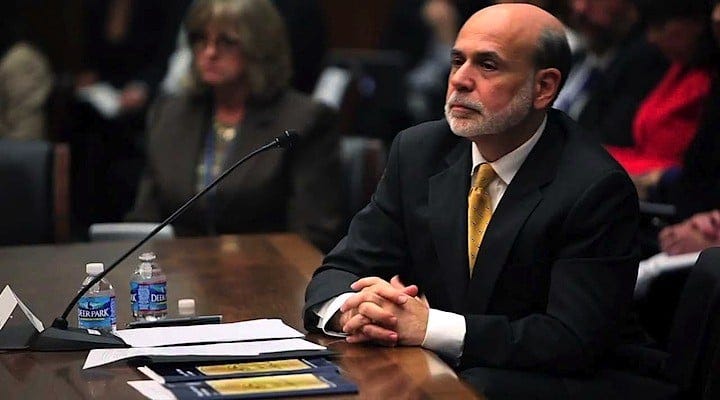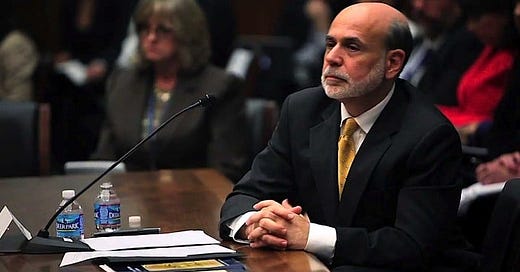‘Money For Nothing: Inside the Federal Reserve’ Review

When the synopsis for Money For Nothing: Inside the Federal Reserve says it’s a balanced film, I’m sure they don’t mean that it has an equal measure of elements meant to turn me on to a documentary and elements to turn me off. That’s thinking of it rather subjectively on my part because of what my own likes and dislikes are, but overall this is also obj…
Keep reading with a 7-day free trial
Subscribe to Nonfics to keep reading this post and get 7 days of free access to the full post archives.



